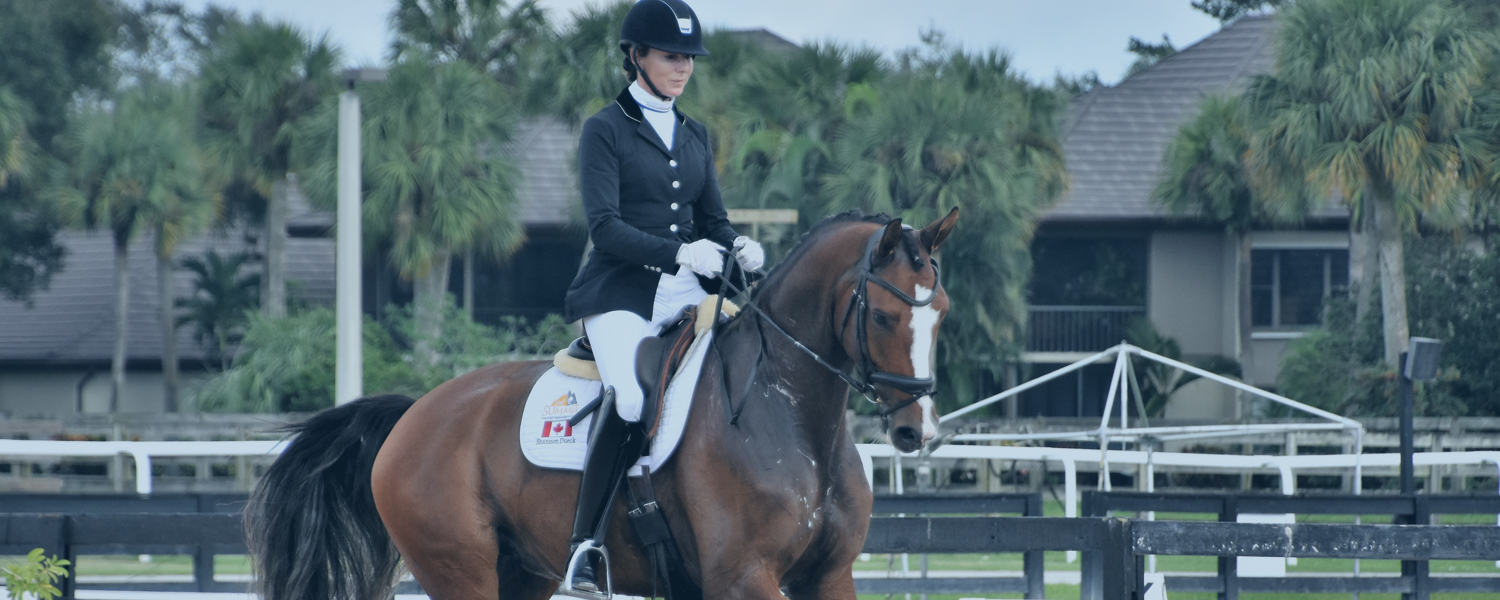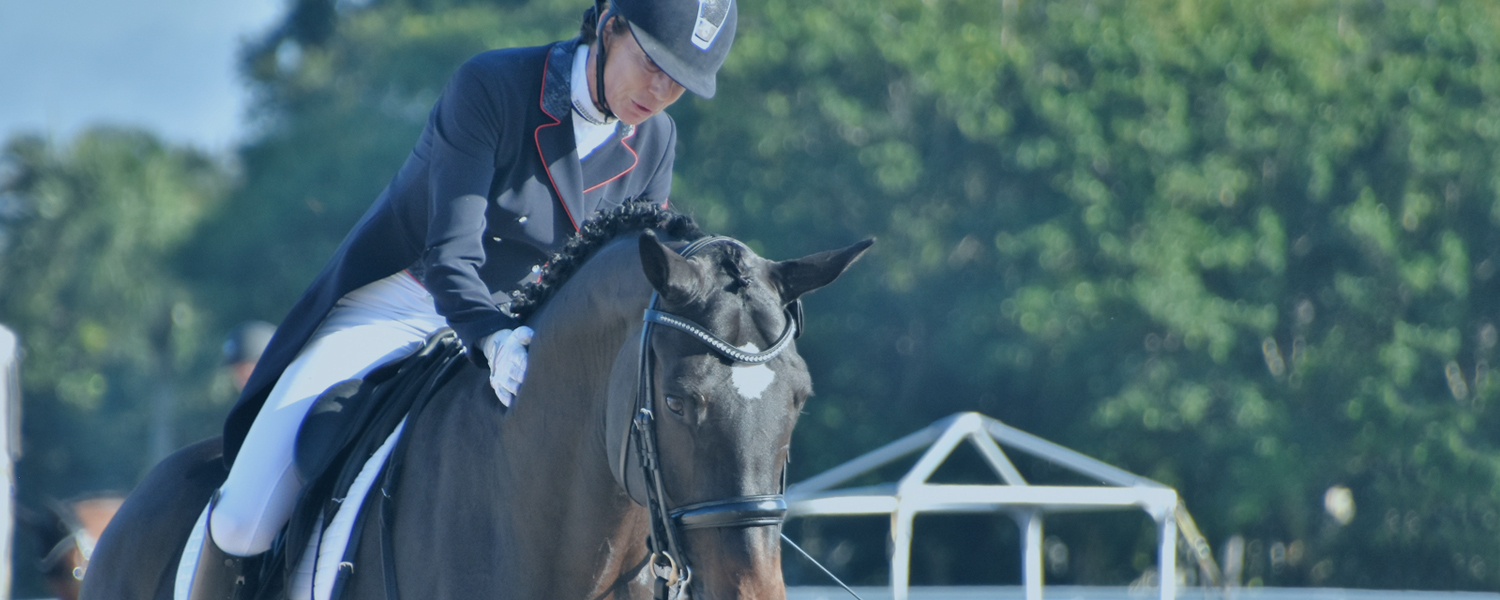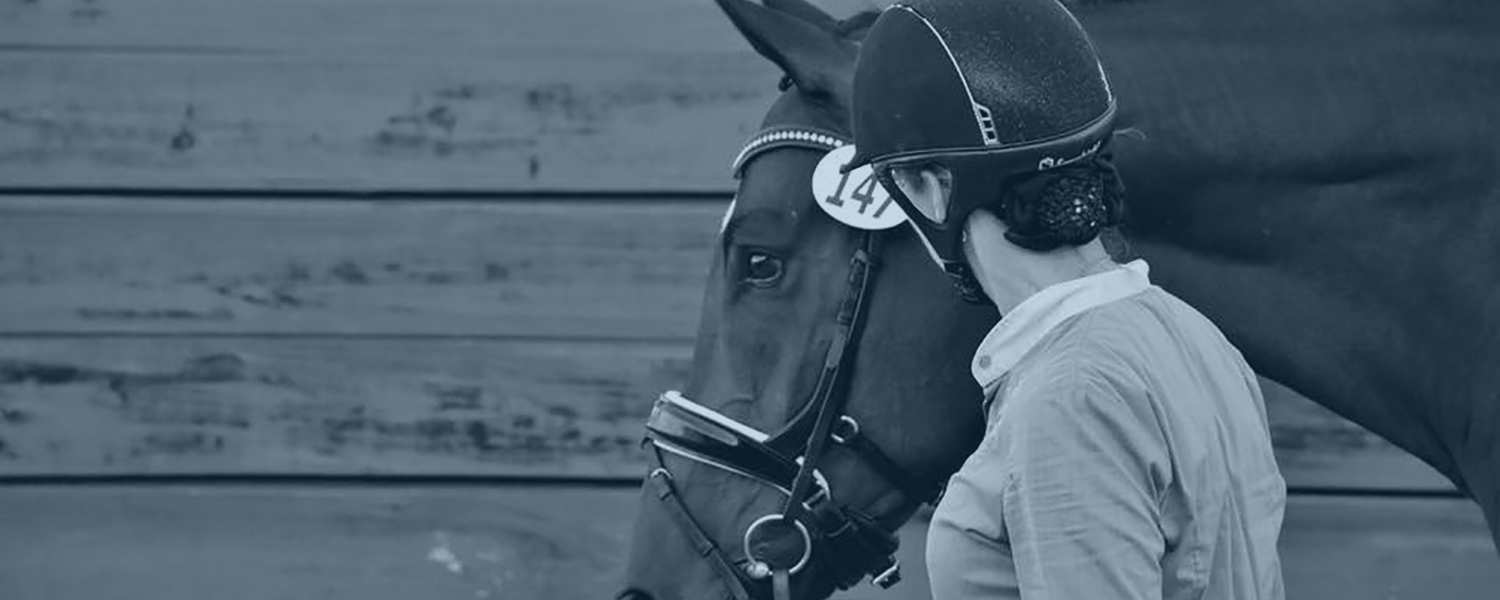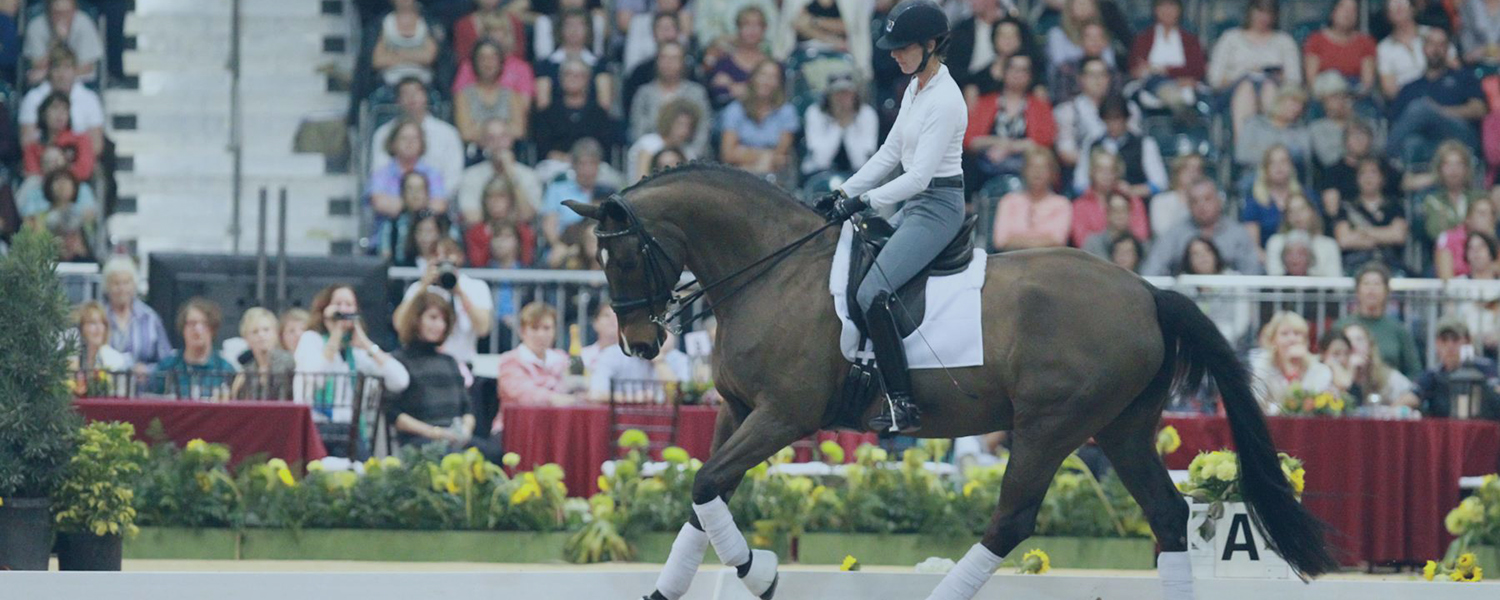I love writing these articles, but coming up with a topic is hard for me. I asked around last week at the horse show for topics, and someone suggested lungeing. (longeing, lungeing – you say tomatoe…..)
I had just finished teaching a lesson where a very talented mare was being silly, and the rider was lungeing the mare rather ineffectively in an attempt to calm her. So, instead of teaching a riding lesson I used part of my time to assist with the lungeing, and it really helped the ride be positive. In light of that, I thought is might be an entirely appropriate topic.
Like riding, lungeing is both an acquired skill and an art. There are some artists that are born with the gift, but the rest of us have to acquire the skill. That takes time and effort. Most of us want to ride too much to spend time lungeing, but it is a very important training tool that can really help you and your horse if done well. There are books to help you with the varying techniques of lungeing, and this column is nowhere near big enough to go into much detail., suffice it to say that every horse can be trained to lunge well.
My basic message is that to be effective, your lungeing should result in a horse going on the lunge line the way you would like him to go under saddle. If you achieve the desired way of going on the lunge you will be pleasantly surprised that your horse is also easier under saddle. The following are some basic problems that can be addressed not only under saddle but also on the lunge line.
If your horse is lazy and does not step forward over the back easily, you must work on having your horse enthusiastically forward on the lunge. This means you must really mean it when you say “go” and back it up with your body and whip. Same as in riding, you must resist the desire to nag, and really get after your horse when he ignores the forward command. The lunge whip is not just for show in this case, if your horse is lazy, you are allowed to use it – best position is a wee touch or even a snap under the point of buttock and above the hock. After a good forward reaction, you should back off a little and give your horse a chance to keep going on his own.
If your horse resists a steady contact, your side reins must finish short enough that your horse finds the contact and you can keep him easily forward into it. Note that I said “finish”. It is usually counterproductive to shorten up side reins too much at the beginning of a lungeing session, as often your horse feels too restricted to go forward. But your horse should finish the lungeing session both round and solidly “on the bit“.
If your horse goes with a giraffe head carriage, it’s a good idea to put on sliding side reins or set your side reins low enough to get him to lower and round the neck and topline. Once again, it is imperative your horse goes forward into these side reins. I personally dislike neck stretchers and chambons, as they really don’t translate to how I need the horse to accept the contact when I am riding.
If your horse is too long and low in the carriage and you are trying to improve the collection and balance over the hind legs, then sliding side reins (also called Vienna) are probably not called for, but instead regular side reins need to be gradually adjusted shorter and set higher (closer to the rider’s hand position).
If your horse does not bend to one side, adjust the side reins to ensure that the horse does bend correctly. This might mean the inside side rein is quite a bit shorter than the outside, but personally I think that letting the horse throw himself around a circle on the inside shoulder is counterproductive. Your whip and body position must encourage the shoulder to move out as well, but wishfully hoping for bend doesn’t really train anything. On the other hand, if your horse bends too much, make sure the outside side rein is short enough that he must keep the outside shoulder in line. Usually in this case evenly adjusted side reins are sufficient.
Attaching the lunge line to the inside bit ring directly or through the inside bit ring to the surcingle (or saddle) can be great for a well trained lunge horse or in a round pen – you can directly play with the inside rein and teach your horse about a nice communication and connection. In any other situation it can be dangerous and counterproductive. If your horse is green or in a large arena, a lunge cavesson is the best solution. Otherwise make sure the line is attached through the inside bit ring to the outside – over the poll, over the nose (my favorite, wrap it over the bridle cavesson to keep it in place) , or under the chin are all possibilities.
Lungeing can be a great tool to help you with your training – you can use for so many reasons other than just getting the bucks out. Enjoy using it, learn the nuances, and watch your horse get better trained.




